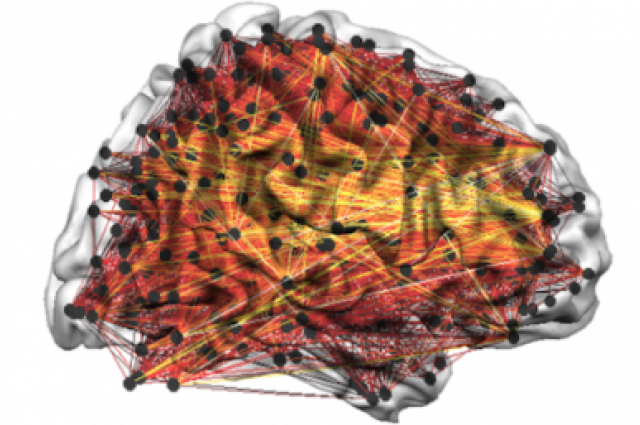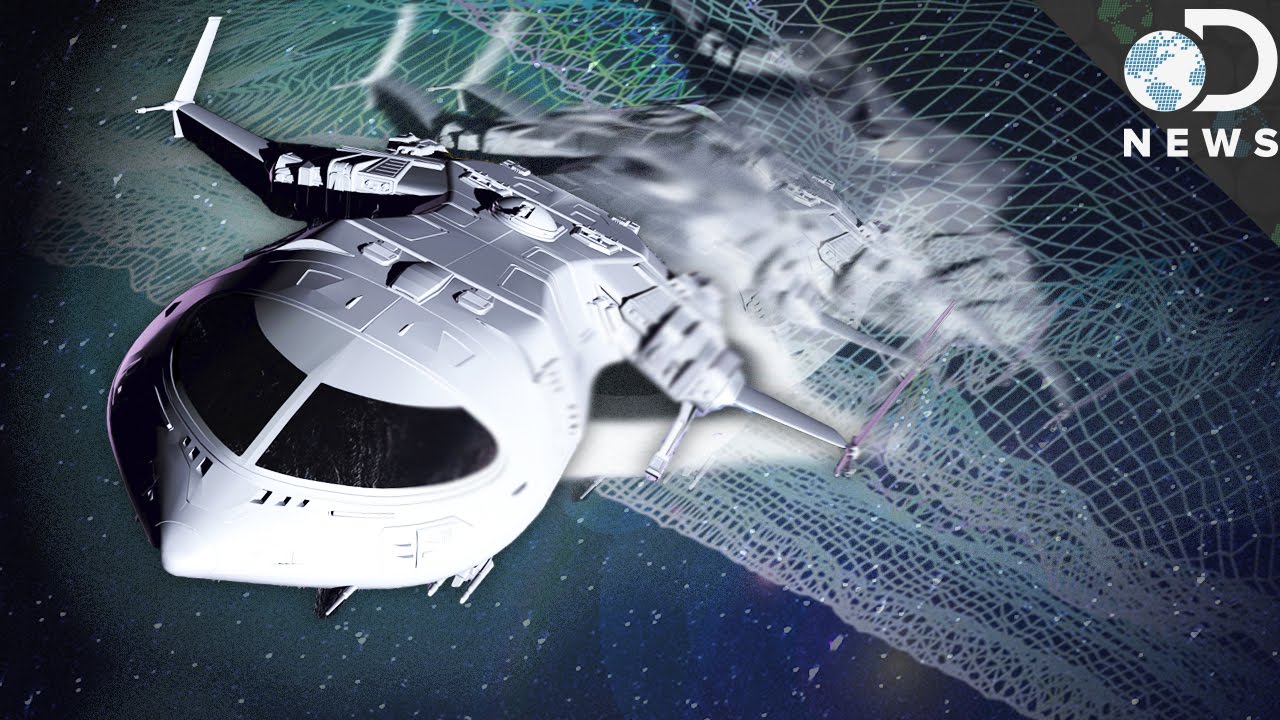
As you read this article, you are aware of what you are reading it on, where you are and who you are. But where does the ability to perceive or know the self and the world around us stem from? This has continued to trouble scientists, philosophers and psychologists alike, leading to the development of a remarkable number of hypotheses attempting to explain the origins of conscious awareness. Is awareness the result of focused, specific changes in brain connectivity, or is it perhaps a product of a broad network of activity across the brain?
Although it is extremely difficult to answer these questions, scientists believe that they could be one step closer to understanding how our brain makes us aware with the discovery of global changes in the connectivity of different areas during awareness. According to the researchers, this challenges the idea that consciousness is the result of regional changes in neural activity. The study has been published in Proceedings of the National Academy of Sciences.
Broadly speaking, biological theories of awareness fall into two main groups: those that posit conscious perception is supported by specific, regional changes in brain activity, and those who suggest awareness results from broad changes in neural signaling across the brain. These are referred to as focal and global theories, respectively.
For the current study, scientists from Vanderbilt University set out to gather data that would hopefully lend support to either one of these theories. To do this, the researchers designed experiments that would allow them to characterize how connectivity between different brain regions was related to awareness. This required the use of a branch of mathematics known as graph theory, which looks at how different things within a network are connected to each other.
For their study, the researchers examined the brains of 24 volunteers using functional magnetic resonance imaging (fMRI), a technique used to measure brain activity by detecting resulting changes in blood oxygenation. During the scan, the participants were asked to look out for a disk that briefly appeared on a screen. Participants were then asked whether they saw the image or not and how confident they were. Those who confidently spotted the disk were therefore categorized as “aware,” whereas the others fell into the unaware category. The scientists then compared members of each group to look for differences in brain activity. More specifically, they were looking at how different areas were communicating during awareness.
Lending support to the global theory of awareness, the researchers did not find that one particular area or network became more connected during reported awareness. Instead, they saw a broad increase in functional connectivity between networks across the brain. This suggests that conscious awareness is not attributable to specific activity within brain regions, but rather the propagation of neural activity across a broad extent of the brain.
“We know there are numerous brain networks that control distinct cognitive functions such as attention, language and control, with each node of a network densely interconnected with other nodes of the same network, but not with other networks,” lead researcher Réne Marois said in a news release. “Consciousness appears to break down the modularity of these networks.”
Via IFL Science






